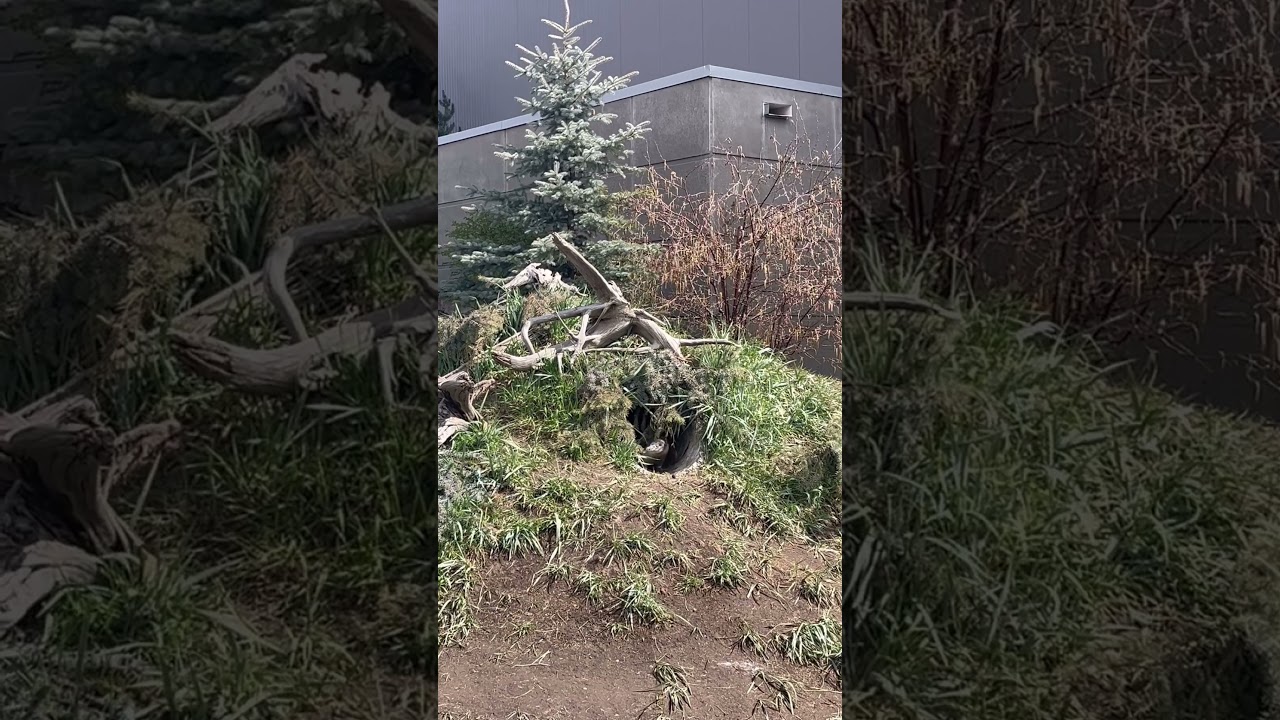– The biology and natural behavior of Humboldt Penguins
– Conservation efforts and challenges for Humboldt Penguins
– The role of zoos in Humboldt Penguin Conservation
– Interaction between Humboldt Penguins and their habitat
– Effective strategies for educating the public about Humboldt Penguins
The Humboldt Penguin, a species native to the coastal regions of Peru and Chile, is a fascinating subject for study and conservation efforts. These birds, characterized by their medium size and distinctive black-and-white plumage, are as intriguing as they are vulnerable. Their life in the wild, the risks they face, and the crucial role of conservation are all pivotal elements in understanding and protecting this species.
Starting with the biology and natural behaviors of Humboldt Penguins, these animals are specially adapted to their coastal habitat. They possess a streamlined body to facilitate efficient swimming, with flippers for propulsion through water. Their diet mainly comprises fish and small crustaceans, requiring them to be adept hunters in the ocean. Reproduction involves monogamous pairs that nest in guano deposits or sometimes burrows. These biological traits underscore their unique adaptation to a marine environment and the delicate balance they maintain within it.
Discussing conservation efforts for Humboldt Penguins illuminates the challenges these animals face: climate change, overfishing, and habitat loss are primary threats. Conservation initiatives encompass both in-situ (in the wild) and ex-situ (outside of the natural habitat) strategies. Protective measures in their natural habitats include establishing marine protected areas and regulations to control fishing practices. Ex-situ conservation often involves zoos and aquariums playing a critical part in breeding programs designed to maintain genetic diversity and ensure a safety net population for these birds.
Zoos have evolved from exhibitions of exotic creatures to centers for conservation and education about wildlife. In the case of the Humboldt Penguin, zoos provide a haven for these birds and serve as research hubs where scientists can learn more about their behavior, genetics, and health needs. These insights contribute significantly to the broader efforts of protecting Humboldt Penguins in the wild. Furthermore, zoos engage in public education, raising awareness about the plight of these penguins and fostering a connection between the public and conservation initiatives.
The intricate interaction between Humboldt Penguins and their habitat reveals a lot about the environmental pressures they face. Their reliance on the cold, nutrient-rich Humboldt Current highlights the impact of oceanic changes on their survival. Any shift in this current due to climate change can drastically affect the abundance of their prey, directly challenging their food security. Consequently, protecting their habitat requires a comprehensive approach that includes battling climate change and advocating for sustainable marine resource management.
Educating the public about Humboldt Penguins is a powerful tool in conservation. Through educational programs, documentary films, and interactive exhibits, people gain insights into the lives of these penguins and the importance of preserving their natural environment. Effective education strategies engage people’s interest and compassion, motivating them to support conservation efforts. This involves engagingly presenting facts, providing actionable steps for individuals to contribute to conservation, and highlighting the positive impacts of their actions on Humboldt Penguin populations.
Humboldt Penguins are a symbol of the fragility and resilience of marine ecosystems. Their survival depends on a comprehensive approach to conservation that includes preserving their habitat, mitigating climate change, and fostering a human connection to these remarkable birds. By understanding their biology, threats, and the vital role of conservation, we can work towards a future where Humboldt Penguins thrive in the wild, unthreatened by human actions. Through research, protected areas, and public education, every effort counts in the quest to safeguard these unique marine community members. Engaging with and supporting Humboldt Penguin conservation is a step towards preserving the rich biodiversity of our planet.
*****
Source Description
We have Humboldt hatchdays to celebrate this week! Male ‘Chango’ turned 8 on the 14th, while female ‘Isabela’ turns 8 on the 16th! 🎉
One thing we love about this warm weather is that it means our Humboldt penguins get to enjoy the outdoor habitat. It looks like they are having a splash! 🐧
Join us in wishing these Humboldts a happy hatchday!
#YourZooYYC

